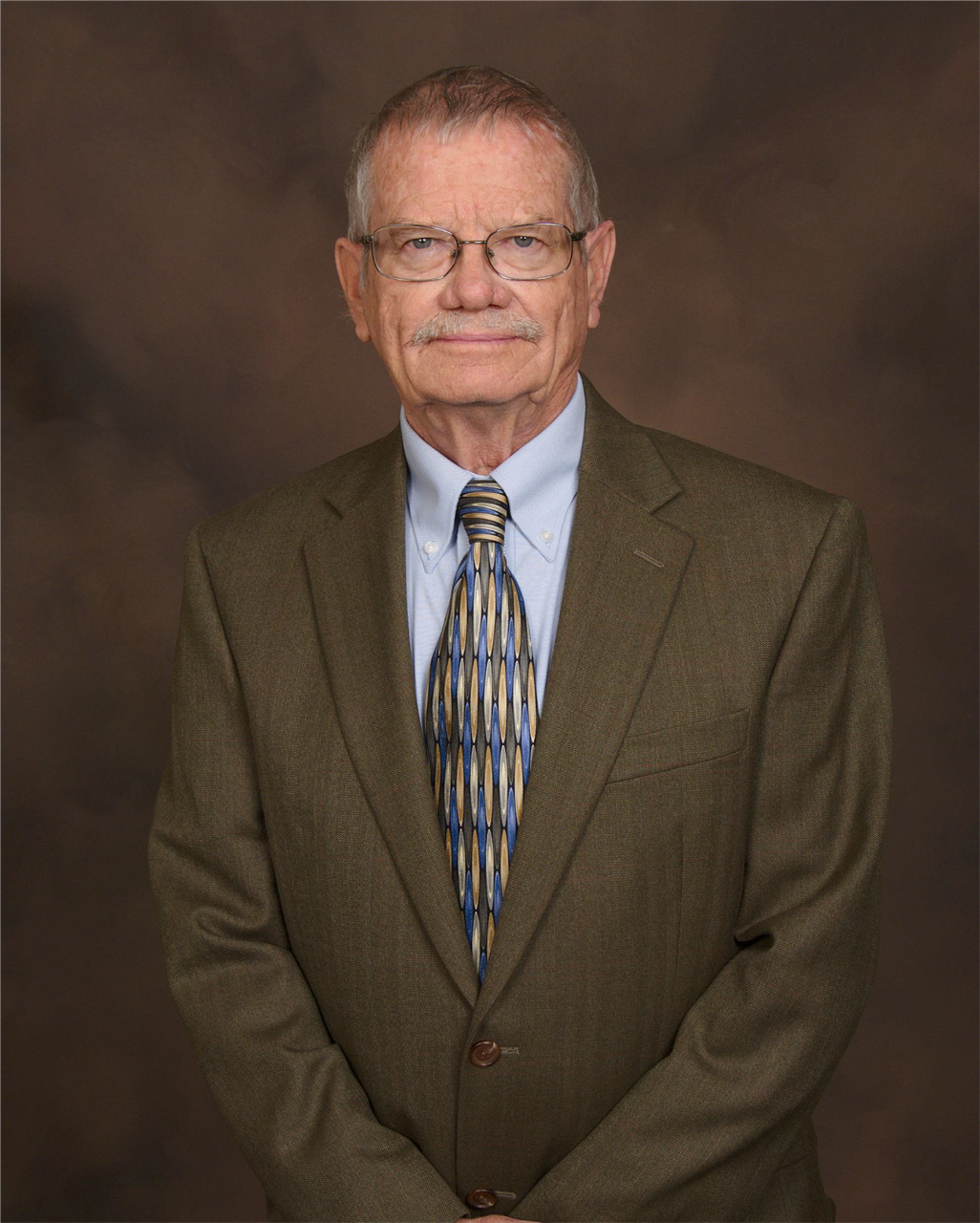***Please note venue***
$25.00 Pre-Registration
$50.00 Late Registration
Vuggy Carbonates and the Importance of Sonic Logs Permian San Andres Example
G.B. Asquith
The determination of Sw in a vuggy carbonate is difficult, because the resistivity [Rt] is a matrix measurement insensitive to presence water or oil in the vugs (Guyod, 1945; Nugent & others, 1978; and Rasmus, 1987). Therefore the Archie water saturation [eq. #1] shown below [assuming water-wet: n = 2.0] can only yield reliable values if there is no vuggy porosity or if vuggy porosity is present a porosity matrix measurement like Rt must be used. Both Neutron and Density logs are bulk measurements [total porosity], therefore the porosity that MUST be used in a vuggy reservoir [eq. #2] is the sonic porosity [matrix porosity].
Sw(archie) = [(1/F^2)*(Rw/Rt)]^0.5 [Eq. #1]
Vuggy Reservoir
Sw(archie) = [(1/Fsonic^2)*(Rw/Rt]^0.5 [Eq. #2]
Sw calculated in a vuggy reservoir using Equation #2 only results in the determination of Sw in the matrix porosity Sw(matrix) not the total Sw [Sw(total)] of both matrix and vugs.
To illustrate the importance of sonic logs in the analysis of vuggy carbonates a Permian San Andres dolostone from west Texas is used. The total porosity is derived from the density log and the matrix porosity from the sonic log using variable matrix analysis [RHOma and ITTma], and Sw(matrix) is calculated using Equation #2. The result is matrix porosity with oil+water and vuggy porosity [Fvug] either water-filled or water+oil. The “Quick Method” to estimate the total Sw [Sw(total)] is to calculate BVW(matrix) [BVW(matrix) = (Rw/Rt)^0.5] and BVW(vug) [BVW(vug) = F(vug)*Sw(vug)] then Sw(total) is determine from Equation #3.
Sw(total) = [(BVW(matrix)+BVW(vug)]/FDma [Eq. #3]
BVW(vug) = F(vug)*Sw(vug) F(vug) = FDma-FSms Sw(vug) = 0.20 [assumed]
A better way to determine Sw(total) is to use core derived values for cementation [m] and saturation [n] exponents. [Eqs. #4].
Sw(total) = [(1/FDma^2.17)*(Rw/Rt)]^(1/2.20) [Eq. #4 Log Data]
Where:
m = 2.17 [average 27 San Andres Samples]
n = 2.20 [average 21 San Andres Samples]
Sw(total) determined using modified m and n values from core data [Eqs. #4] assumes hydrocarbons in both vugs and matrix. Sw(total) using BVW(vug) assumes hydrocarbons in both vugs and matrix. However, in the San Andres Example is that assumption true or not?
The total thickness of the porosity zone in the San Andres Example is 145 feet. The question is what proportion of the 145ft. are the vugs potentially oil-filled and why. The answer is the vugs in upper 50ft. [5095ft. to 5145ft.] should potentially contain oil, because Sw(matrix) in the upper 50ft. is much lower compared to the Sw(matrix) in the lower 95ft. [5095ft. to 5240ft.]. A determination OOIPstb/80ac. (BOI = 1.2) using Sw(total) in the upper 50ft. from Equations #3 through #5 results in the following:
OOIPstb/80ac. = 761MBO Equation #3 [(BVW(matrix)+BVW(vug))/FDma]
OOIPstb/80ac. = 724MBO Equation #4 [m & n from core data]
In addition, calculated relative permeability curves for the matrix porosity using the Jones (1945) equations with Swirr from the Jennings and Lucia (2003) equations resulted in the majority of depths with Kro > Krw in the upper 50ft. interval. Therefore, the upper 50ft. is a TZ and the lower 95ft. is a ROZ.
Without the sonic log the geologist/engineer would have no idea what was in the matrix or the vuggy porosity or be able to calculate relative permeabilities [Kro and Krw] of the matrix porosity. Also, it is important to remember that the matrix porosity [Fsonic) has a major control along with pore size on a vuggy reservoir’s permeability. Therefore, sonic logs are very important in the analysis of vuggy carbonates.

BIO: George B. Asquith, Ph.D. (University of Wisconsin/Madison) is a Professor of Geosciences at Texas Tech University and a former recipient of the Pevehouse Chair in Petroleum Geology. At Texas Tech he has served as a Director with The Center for Applied Petrophysical and Reservoir Studies. Dr. Asquith has received AAPG’s Harrison Schmitt Award, Presidents Award, Distinguished Educator Award, and the Leverson Award. During his career he has published numerous abstracts, papers and books including the best selling AAPG book Basic Well Log Analysis. In addition, he has worked for ARCO Research, Pioneer Prod. and Mesa Petroleum, Search Drilling and Alpar Resources. Dr. Asquith has taught a variety of training courses for AAPG including: Hydrocarbon-Bearing Mud Rocks, Shaly Sand Analysis, Old E log Analysis, Basic Well Log Analysis, and Carbonate Petrophysics.
Contact email: Asquith.George@att.net
LUNCHEON PROUDLY SPONSORED BY:
